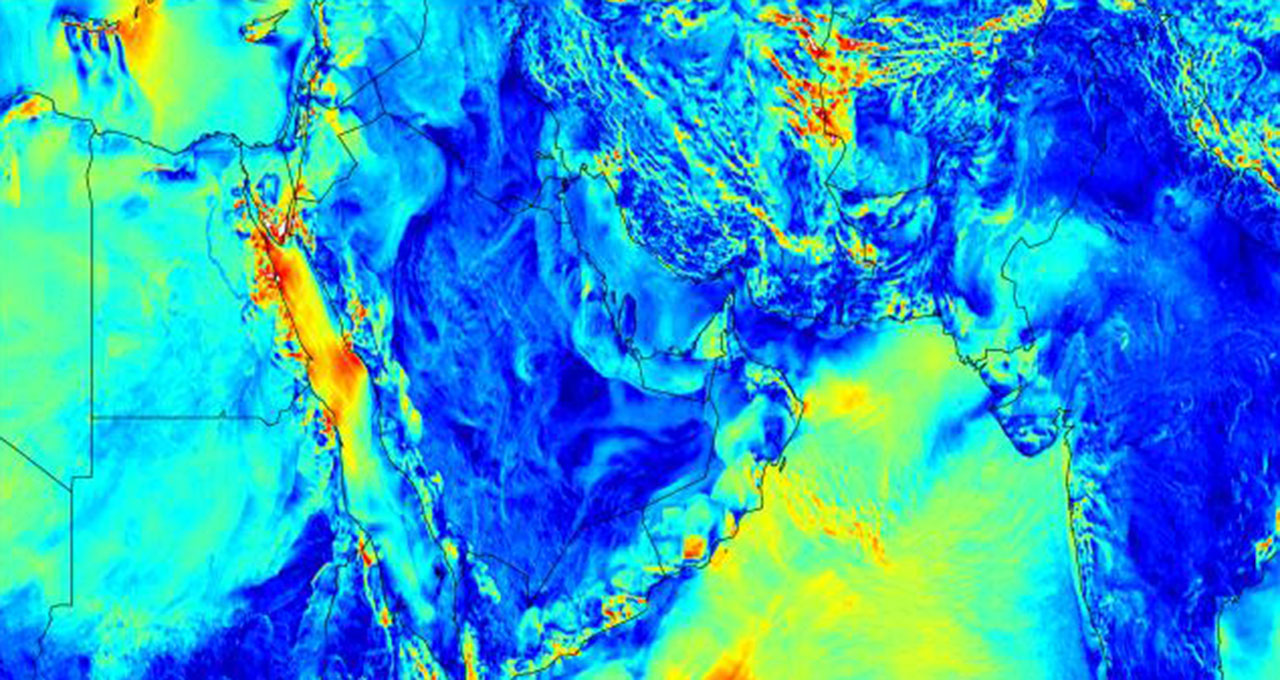Scientists studying environmental variables — like sea surface temperature or wind speed — must strike a balance between the number of data points in their statistical models and the time it takes to run them.
A team of researchers at Saudi Arabia’s King Abdullah University of Science and Technology, known as KAUST, is using NVIDIA GPUs to strike a win-win deal for statisticians: large-scale, high-resolution regional models that run twice as fast. They presented their work, which helps scientists develop more detailed predictions, in a session at GTC Digital.
The software package they developed, ExaGeoStat, can handle data from millions of locations. It’s also accessible in the programming language R through the package ExaGeoStatR, making it easy for scientists using R to take advantage of GPU acceleration.
“Statisticians rely heavily on R, but previous software packages could only process limited data sizes, making it impractical to analyze large environmental datasets,” said Sameh Abdulah, a research scientist at the university. “Our goal is to enable scientists to run GPU-accelerated experiments from R, without needing a deep understanding of the underlying CUDA framework.”
Abdulah and his colleagues use a variety of NVIDIA data center GPUs, most recently adopting NVIDIA V100 Tensor Core GPUs to further speed up weather simulations using mixed-precision computing.
Predicting Weather, Come Rain or Shine
Climate and weather models are complex and incredibly time-consuming simulations, taking up significant computational resources on supercomputers worldwide. ExaGeoStat helps statisticians find insights from these large datasets faster.
The application predicts measurements like temperature, soil moisture levels or wind speed for different locations within a region. For example, if the dataset shows that the temperature in Riyadh is 21 degrees Celsius, the application would provide a likely estimation of the temperature at that same point in time further east in, say, Abu Dhabi.
Abdulah and his colleagues are working to extend these predictions to not just different locations in a region, but also to different points in time — for instance, predicting the wind speed in Philadelphia next week based on data from New York City today.
The software reduces the system memory required to run predictions from large-scale simulations, enabling scientists to work with much larger meteorological datasets than previously possible. Larger datasets allow researchers to make estimations about more locations, increasing the geographic scope of their simulations.
The team runs models with data for a couple million locations, primarily focusing on datasets in the Middle East. They’ve also applied ExaGeoStat to soil moisture data from the Mississippi River Basin, and plan to model more environmental data for regions in the U.S.
Compared to using a CPU, the researchers saw a nearly 10x speedup — from 400 seconds to 45 — running one iteration of the model on a single NVIDIA GPU. It takes about 175 iterations to converge a full simulation.
“Now, with V100 GPUs in our computing center, we’ll be able to accelerate our application even further,” Abdulah said. “While so far we’ve been using double precision and single precision, with Tensor Cores we can also start using half precision.”
Besides higher performance and faster completion times, mixed-precision algorithms also save energy, Abdulah says, by decreasing the amount of time and power consumption required to run the models.
Using a combination of single and double precision, the researchers achieve, on average, a 1.9x speedup of their algorithm on a system with an NVIDIA V100 GPU. He and his colleagues next plan to evaluate how much half-precision computing using NVIDIA Tensor Cores will further accelerate their application. To do so, they’ll use V100 GPUs at their university as well as on Oak Ridge National Laboratory’s Summit system, the world’s fastest supercomputer.
To learn more about Abdulah’s work, watch the full on-demand talk. His collaborators are Hatem Ltaief, David Keyes, Marc Genton and Ying Sun from the Extreme Computing Research Center and the statistics program at King Abdullah University of Science and Technology.
Main image shows wind speed data over the Middle East and the Arabian Sea.
